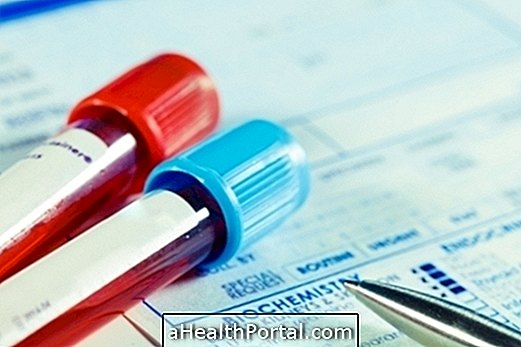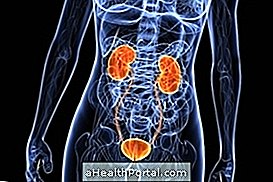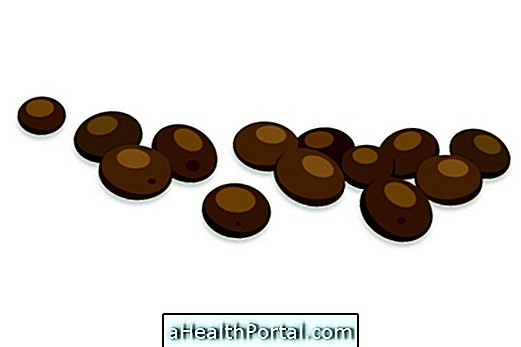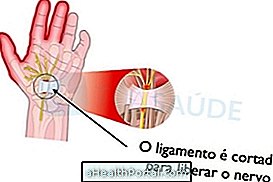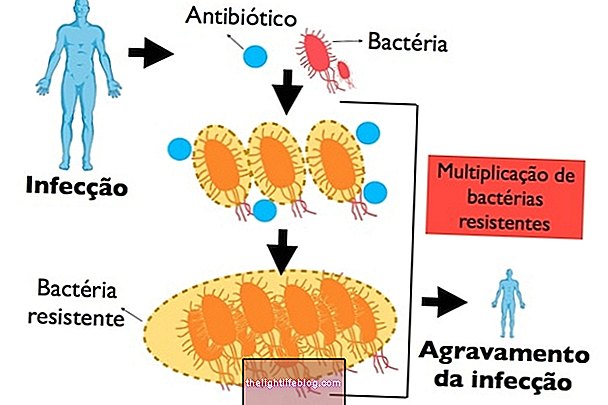Fructosamine is a blood test that allows you to evaluate the effectiveness of treatment in cases of diabetes, especially when recent changes in the treatment plan have been made, either in the medicines used or in the change of lifestyle, such as diet or exercise.
This test is usually used to evaluate glucose levels in the last 2 or 3 weeks but is only done when it is not possible to monitor diabetes with the glycated hemoglobin test and therefore many people with diabetes may never need it take the fructosamine test. Understand more about the glycated hemoglobin test.
In many cases, this test can also be ordered during pregnancy to often assess the pregnant woman's sugar levels, as her needs vary during pregnancy.
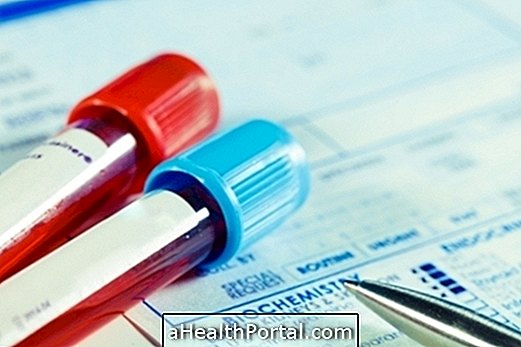
How the exam works
In this type of test, the amount of fructosamine in the blood, a substance that forms when glucose binds to blood proteins such as albumin or hemoglobin, is evaluated. Thus, if there is too much sugar in the blood, as in cases of diabetes, the higher the value of fructosamine, since more blood proteins will be linked to glucose.
In addition, since blood proteins have a half-life of only 20 days, the values evaluated always reflect a summary of blood sugar levels in the last 2 to 3 weeks, allowing the evaluation of treatment changes made at that time.
How is the exam done?
The examination of fructosamine is quite simple, and it is only necessary to remove a sample of blood from the vein, which will be sent to the laboratory. This technique should be done at a blood collection clinic by a nurse, and no preparation is necessary, such as fasting.
What does the result mean?
The reference values of fructosamine in a healthy person can range from 205 to 285 micromole per liter of blood. When these values come up in the outcome of someone with diabetes, it means that the treatment is being effective and therefore the blood sugar values are being well controlled.
Thus, when the result of the examination is:
- High : means that glucose is not well controlled in the past few weeks, indicating that the treatment is not having the desired effects or is taking a long time to show results. The higher the result, the worse the effectiveness of the treatment implemented.
- Low : it may mean that you are losing protein through the urine, so your doctor may ask for other tests to confirm the result.
Regardless of the outcome, the doctor can always ask for other tests to identify whether glucose variations are due to treatment or other health problems, such as hyperthyroidism, for example.
